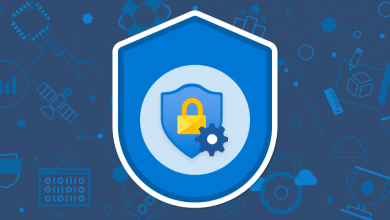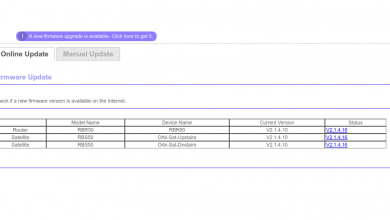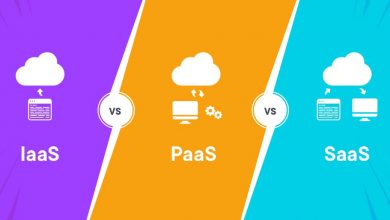Infrastructure as a Service (IaaS): The Good, The Bad, The Questionable
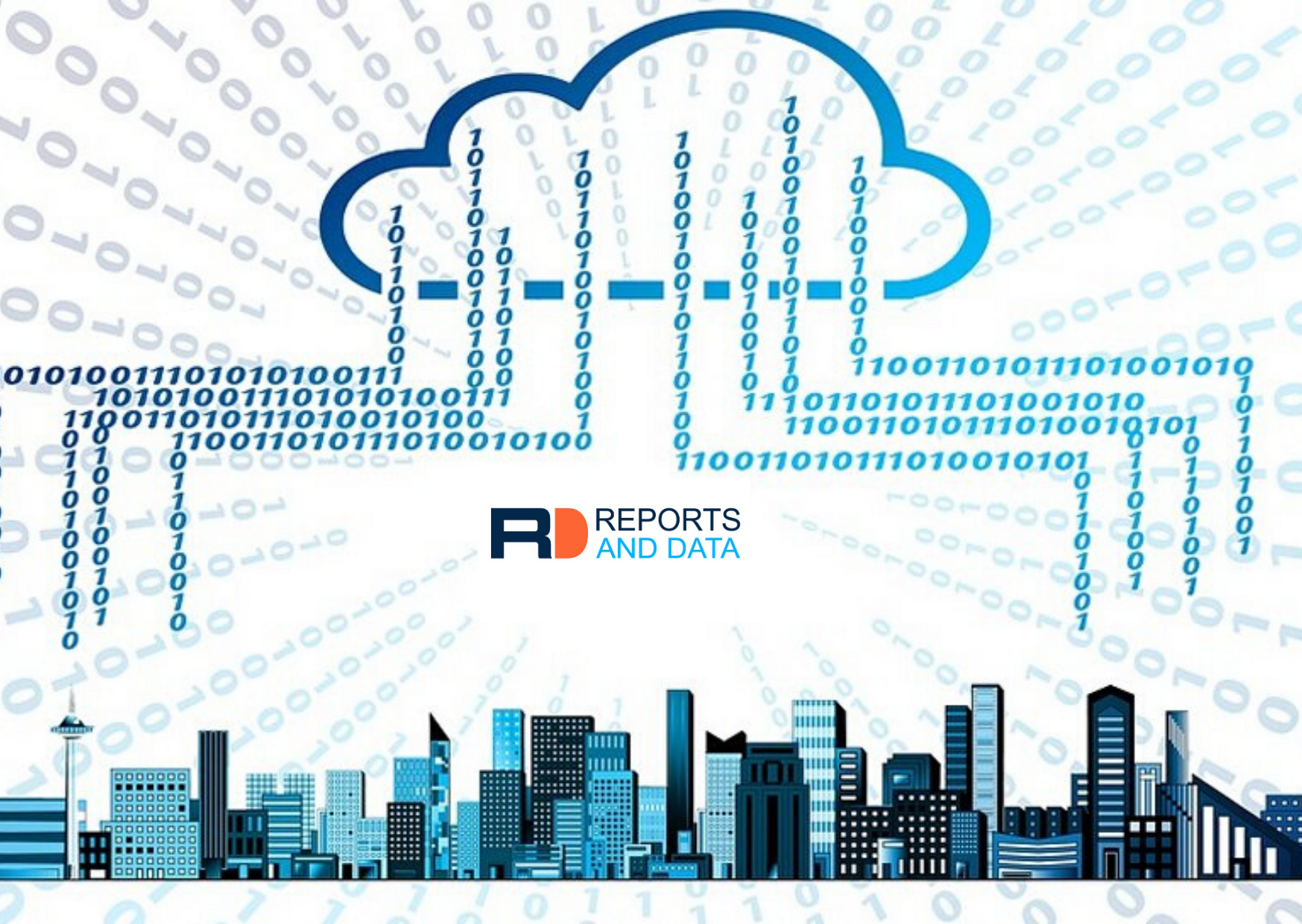
Infrastructure As A Service
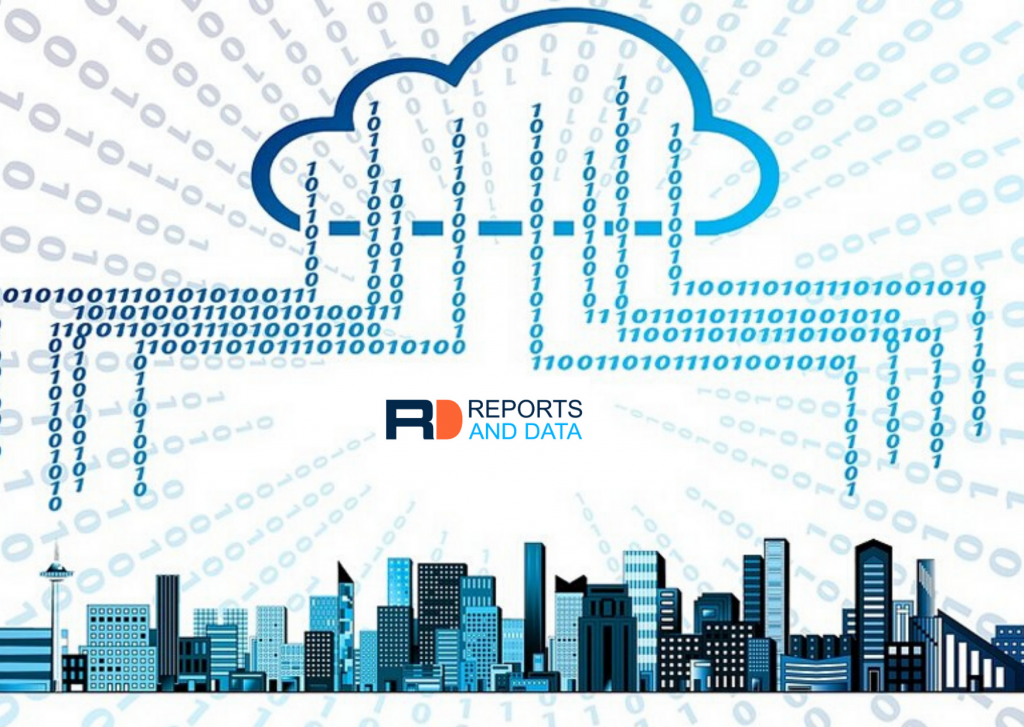
The recent transformation of the internet into a reliable storage space has made way for a virtualization fad where companies, big and small, are attempting to implement Infrastructure as a Service (IaaS) in their business models.
IaaS is a cloud computing model that provides netizens with an instant computing infrastructure. It can be seen as the cyberspace equivalent of an IT department in any given organization. Infrastructure as a Service is one of the four prevalent cloud services, the others being Platform as a Service (PaaS), Software as a Service (SaaS), and serverless computing. It may have always been a distant possibility, but we were unable to realize its full potential due to inadequate technical capabilities to do it. The model is used for different purposes, including data storage, test and development, website hosting, high-performance computing, backup and recovery, web applications, and big data analytics.
The market has garnered a distinct position globally, and an extensive study by Reports and Data predicts that it will grow to the value of around USD 238.87 Billion by the year 2026, delivering a CAGR of more than 20.3%. Moving business operations to the virtual space has numerous advantages, primarily the fact that it saves both time and money. Instead of maintaining an entire IT team, firms resort to IaaS, which costs considerably lesser. It also helps streamline a company’s operations.
The cloud is also a flexible space, which implies that a company can both add and reduce the capacity they need to store their data. By altering the Service Level Agreement (SLA), the user can also select the level of security they need. Unlike what happens when there is an issue with the data flow or overloading of the data in the conventional storage methods, in cloud computing the responsibility falls on the service provider to ensure that the organization’s workload continues to be up and running.
Even with all these useful properties, it is not like the internet can do no wrong. Even after taking all precautions to safeguard the data, there are still various threats that threaten damage to the information. There is a possibility of insider threats, wherein internal elements themselves could result in damage or destruction of the data. Denial of service is a looming threat, and without sufficient backup, it can have colossal consequences. Any fault in security can cause data loss or breach of data, which endangers the operations of the entire organization. In the legal parlance, data protection is governed by watertight regulations; for instance, GDPR is a comprehensive document that directs the liability and accountability that is levied on the parties involved in the data flux.
There are both advantages and disadvantages to having an established cloud storage space to store all company-related data, but many uncertainties surround the credibility and competency of cyberspace, like the question raised by Apple co-founder Steve Wozniak for the intellectual property gray area. Who exactly owns cyberspace and, subsequently, the data we store in it? Nonetheless, with the increasing prevalence of IaaS, it is safe to assume that the advantages weigh more than the disadvantages. IaaS, being an economical choice, is ideal for startups, as it saves the capital expenditure on IT resources. It also helps make the business operation more efficient with easy troubleshooting, maintaining continuity of the data load.
An issue with the hardware or other tangible modes of data storage can be tedious to resolve, consuming time, money, and resources, while a problem encountered in the cloud is usually the responsibility of the service provider to resolve. Furthermore, the company does not need to upgrade software or hardware because the service provider is required to do the same under the SLA.
In cloud computing, data security can be customized and can be more effective than the in-house security that a company would employ for data security. As we explore the cyberspace further, the blueprint of the space will become more defined, helping us incorporate better data administration.




